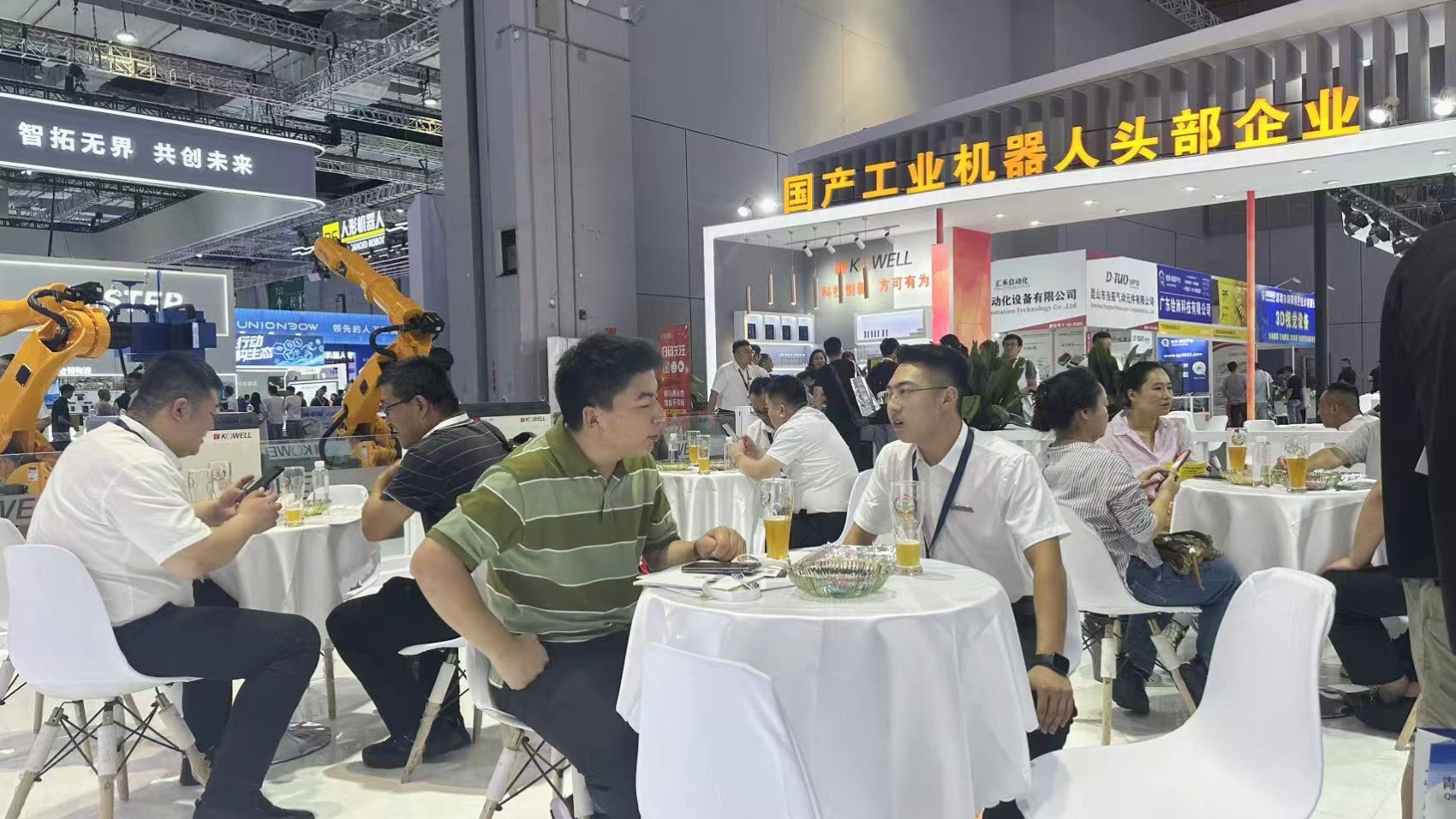Overview of six-axis industrial robots
A six-axis industrial robot is a mechanical arm with six degrees of freedom. The six-axis structure is very close to the human arm and can almost complete most of the work that requires humans to do it manually. A six-axis robot is a form of articulated robot. It usually consists of a base, a rotating shaft, an arm segment, an end effector and other parts. A six-axis robot has six axes, and each axis is a joint, which ensures Its flexibility, stretch and strength.
Six-axis industrial robots achieve accurate control of objects in space through the rotation and linear movement of joints. Because of the high flexibility brought by the six rotation axes, they can freely adjust postures and angles in complex three-dimensional spaces to achieve The complex motion trajectory has a wide range of applications and diverse functions. The addition of six-axis robots has enabled many companies to achieve double improvements in production efficiency and product quality.
Characteristics of six-axis industrial robots
1.Programmable
Programmable automation is also called flexible automation. Flexible automation refers to a new era of automation that combines mechanical technology with electronic technology and mechatronics. Because it can be reprogrammed according to changes in the working environment and work task needs, it is especially suitable for small batches and multiple varieties. Balanced manufacturing lines.
2.Personification:
The characteristics of six-axis make six-axis industrial robots similar to humans. Through sensors and other structures, and controlled by computers, they have strong adaptability to the surrounding environment. Six-axis robotic arms combine the characteristics of robots and humans.
3.Universality:
Based on the flexibility, multi-function, and high accuracy of the six-axis industrial robot, it has good versatility when performing different project tasks. Normally, switching between different task projects only requires reprogramming and replacement of the end effector.
4.Mechatronics:
The six-axis industrial robot demonstrates mechatronics technology, a combination of mechanical technology, sensor technology, and microelectronics technology. External information is obtained through sensors and analyzed and processed internally to take corresponding actions.
Application scenarios of six-axis industrial robots
1.Material picking and handling
Most industrial robots can pick up and carry items, but in some specific scenarios, a high-degree-of-freedom device such as a six-axis industrial robot is more needed, which also allows the six-axis robot to pick up materials on the production line. , handling, placing, arranging, palletizing and other tasks, it is widely used in food, pharmaceutical, logistics and other industries. It can not only improve production efficiency, but also improve accuracy and reduce labor costs.
2.Welding and cutting
In fields such as automobile manufacturing and aerospace, six-axis robots play an important role in automated welding and cutting. Different from traditional manual labor, robots will not cause welding and cutting errors due to fatigue. The existence of six-axis robots also improves Improve the quality and efficiency of welding and cutting.
Advantages and disadvantages of six-axis industrial robots
Advantages: Based on its six-axis characteristics, its high degree of freedom allows it to work on almost most trajectories and angles; free programming and flexible automation, suitable for rapid switching of multiple scenarios and tasks, avoiding losses caused by long downtime; It replaces many complex tasks that cannot be completed by traditional manpower, and also avoids the impact on workers' health in some dangerous scenarios.
Disadvantages: The initial investment cost is high, there is a lot of preparation work before production, and programming and computer simulation time are more time-consuming, but usually, robot manufacturers will cooperate to complete these tasks.

Conclusion
Driven by the Industry 4.0 era, more and more industrial robots have entered factories and enterprises. As an important part of automated production lines, six-axis industrial robots are playing their role in more and more production lines. In the future, with the advancement of science and technology and the development of emerging technologies such as AI, it can be seen in automobile manufacturing, food processing, logistics and transportation, aerospace and other fields.
It is believed that in the near future, six-axis robots will lead industrial automation onto a new trend and contribute more to the development of enterprises and the progress of mankind.

Online Consultation
Hello, the current customer service is offline. You can leave your contact information and the staff will respond to you as soon as possible!






![[CIIF Day 4: Technology In-Depth] Kewei Robotics Drives Intelligent Manufacturing with Innovation, Leading the Wave of Industrial Transformation](https://cdn.cnyandex.com/kw_en/uploads/9.26.1.jpg)